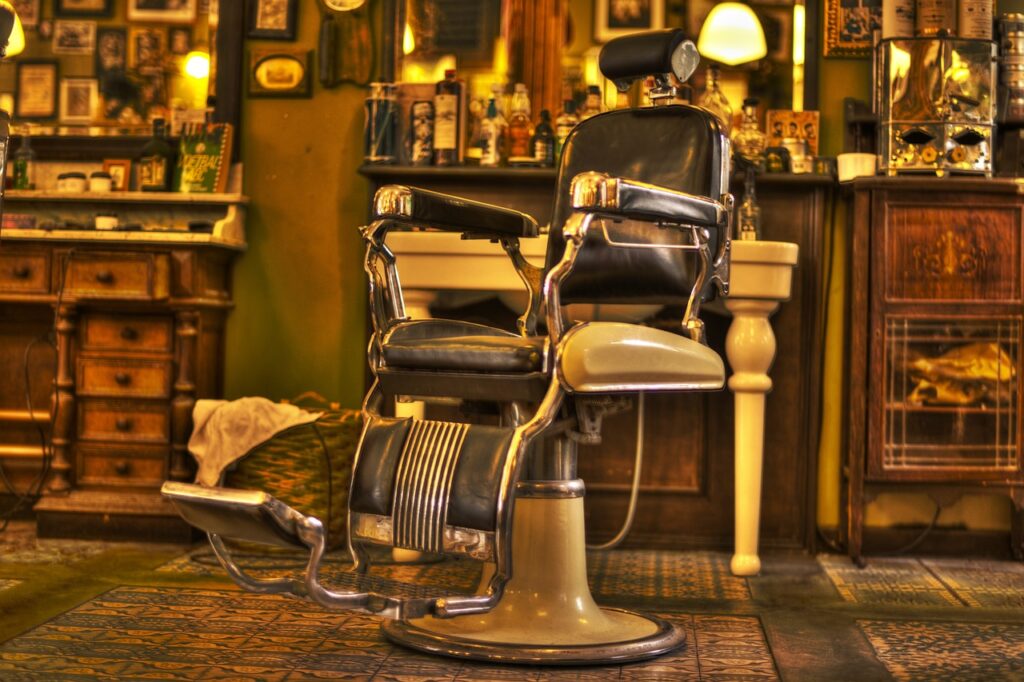Fashion tends to be cyclical and it’s interesting to see what people are focused on today. Surprisingly the answer to that appears to be watches.
Many people assume a watch is a utilitarian item – but there is an entire world of luxury watch buyers and those who watch the market closely. This fascination was underscored recently when a gold watch once belonging to John Jacob Astor IV, who died on the Titanic, sold at auction for £1.175 million. This sale not only shattered expectations but also set a new record for Titanic-related items.
The high demand for such watches stretches beyond their historical narratives to encompass a genuine appreciation for craftsmanship and rarity. This is exemplified by the Patek Philippe Grandmaster Chime, one of the most complex watches ever crafted. Only seven exist, enhancing its allure and making it a coveted item at auctions, where it is projected to attract bids of up to $5 million.

The enthusiasm for vintage and limited-edition watches is not confined to the traditional auction circuit. The secondary market for luxury watches has seen significant growth, particularly among younger generations. A Boston Consulting Group study revealed that nearly 95% of collectible watches are discontinued models, adding to their uniqueness and desirability.
This trend reflects a broader cultural shift where luxury watches are cherished not only for their aesthetic and functional attributes but also as investments and symbols of personal status. As the market continues to evolve, these timepieces remain a profound expression of cultural value and technological achievement, holding a unique position in both the fashion and collectibles landscapes.





